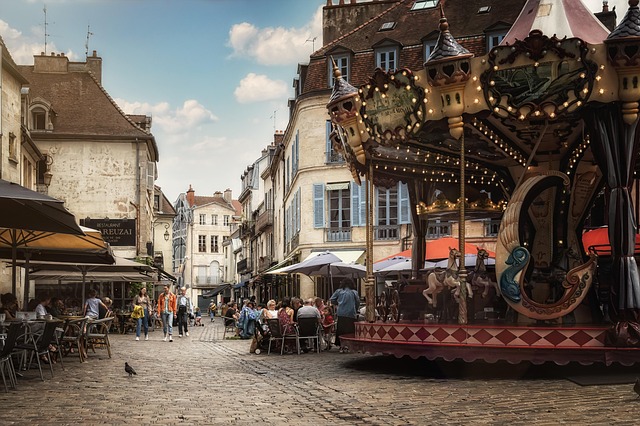5 Innovative Solutions for Reducing Traffic Congestion in Urban Areas
Urban life is bustling, vibrant, and full of opportunities, yet it often comes with the bane of traffic congestion. It’s a daily struggle for commuters, impacting not just individual routines but also the economy and environment. Fortunately, innovative solutions are emerging to tackle this pressing issue—solutions that promise not just relief but a brighter future for our cities.
1. Smart Traffic Management Systems
Imagine a city where traffic signals adapt in real-time to the flow of vehicles. Smart traffic management systems utilize AI and big data to monitor traffic patterns, allowing for more efficient signal timings and the elimination of unnecessary stops. By reducing idle time at intersections, we can significantly enhance traffic congestion reduction and improve air quality.
2. Expanded Public Transit Options
Investing in reliable and efficient public transport systems, such as buses, trams, and subways, provides a viable alternative to driving. Cities like Amsterdam have successfully interconnected various modes of public transit, making it easier for individuals to choose public over private transport. This not only alleviates congestion but also fosters a sense of community and shared responsibility for urban movement.
3. Embracing Micro-Mobility
Micro-mobility options such as bicycles and electric scooters are gaining traction in urban areas. These small, agile forms of transport can quickly navigate through congested streets, offering an enjoyable and efficient way for short trips. Implementing designated lanes for these vehicles can further enhance safety and encourage their use, promoting traffic congestion reduction on a broader scale.
4. Incentivizing Carpooling and Ride-Sharing
Encouraging carpooling can significantly decrease the number of vehicles on the road. Cities can bolster this trend by providing exclusive lanes and discounts on tolls for carpool vehicles. Moreover, promoting ride-sharing services through partnerships can help individuals reduce their carbon footprint while ensuring fewer cars compete for the same space on the road.
5. Urban Planning and Green Spaces
Long-term solutions for traffic congestion reduction also lie in thoughtful urban planning. Designing neighborhoods with mixed-use developments, where residential and commercial spaces coexist, can decrease the need for long commutes. Additionally, incorporating green spaces not only enhances the beauty of urban life but also encourages walking and cycling, reducing the dependency on automobiles.
As cities around the world grapple with the challenges of traffic congestion, it’s crucial to explore and implement these innovative solutions. By reimagining urban mobility, we can create a more sustainable and enjoyable environment for all residents, making our cities not just places to live but places to thrive.




